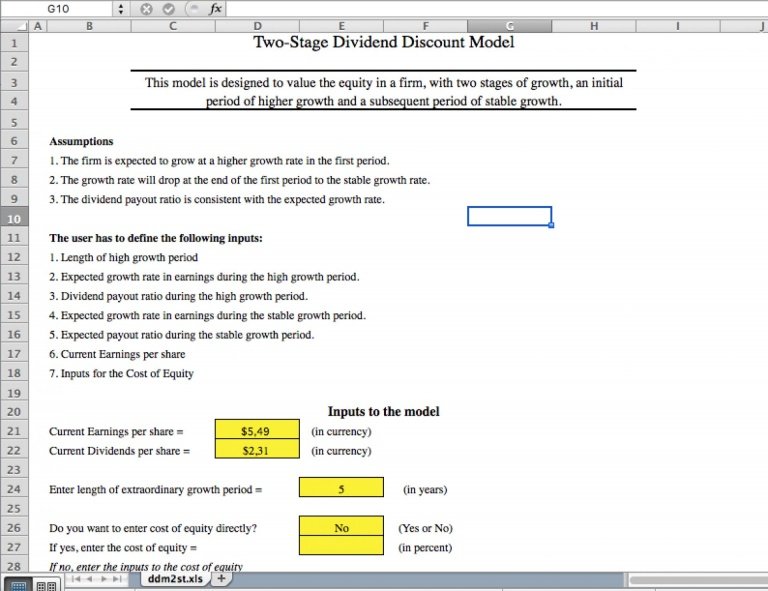
Investing is a great way to build long-term wealth. However, beginners need to learn how they can choose the right investment. There are several different ways to invest, and each one offers slightly different opportunities for growth. Additionally, investing comes with risk. Investors should consider their age, financial goals and risk tolerance.
ETFs are an excellent way to start investing. These funds are designed to track a basket of assets, including stocks and bonds. This makes investing simple for beginners. ETFs also offer investors a way to be safe as they generally have lower fees than other investment types.
Another investment option that is suitable for beginners is high-yield savings accounts. These accounts often offer higher interest rates that savings accounts and they are simple to open. These accounts are great for those who need an emergency fund. These accounts may offer 18 times higher interest rates than traditional savings accounts. The average annual percentage yield for traditional savings accounts is 0.21%, while high-yield accounts can provide four percent APY.

A reputable company is the best place to start if your goal is to become an investor. Most online brokerages have eliminated minimum balance requirements, and you can open your first account in as little as five minutes. You just need your social security number and name to open an account. Once you have opened an account, you can deposit funds from your bank to it.
Many people are intimidated by investing. It can seem difficult. However, if you follow the right steps, it can be easy. The key is to stay focused on the long term and not get lost in the complexities of stock markets.
Real estate is another great investment option for beginners. Real estate is a well understood industry and can offer huge returns for beginners. Real estate investing can help you leverage your capital. You can also finance your properties using loans. Property can sell in many markets for hundreds of millions of dollars. It is important to remember that not everyone can be a success overnight in real estate.
A workplace retirement plan is another type of investment that's good for beginners. These plans offer a variety of tax advantages and unique contribution limits. These plans provide the possibility to build wealth over the long-term and can generate income. In addition, these plans can also help you reach your financial goals.

Micro-investing is another option for beginners. This involves buying fractional shares of a stock or ETF. This is an excellent way to invest with a limited amount of money. However it is not as risky and as rewarding as buying a full share.
FAQ
What is the trading of securities?
The stock market lets investors purchase shares of companies for cash. Shares are issued by companies to raise capital and sold to investors. When investors decide to reap the benefits of owning company assets, they sell the shares back to them.
Supply and Demand determine the price at which stocks trade in open market. When there are fewer buyers than sellers, the price goes up; when there are more buyers than sellers, the prices go down.
You can trade stocks in one of two ways.
-
Directly from the company
-
Through a broker
What is security in the stock exchange?
Security is an asset that produces income for its owner. Most security comes in the form of shares in companies.
There are many types of securities that a company can issue, such as common stocks, preferred stocks and bonds.
The earnings per share (EPS), and the dividends paid by the company determine the value of a share.
A share is a piece of the business that you own and you have a claim to future profits. You will receive money from the business if it pays dividends.
You can sell your shares at any time.
Why is a stock security?
Security is an investment instrument whose worth depends on another company. It may be issued by a corporation (e.g., shares), government (e.g., bonds), or other entity (e.g., preferred stocks). The issuer promises to pay dividends to shareholders, repay debt obligations to creditors, or return capital to investors if the underlying asset declines in value.
Can bonds be traded
The answer is yes, they are! As shares, bonds can also be traded on exchanges. They have been trading on exchanges for years.
They are different in that you can't buy bonds directly from the issuer. They must be purchased through a broker.
This makes it easier to purchase bonds as there are fewer intermediaries. This means that selling bonds is easier if someone is interested in buying them.
There are many types of bonds. There are many types of bonds. Some pay regular interest while others don't.
Some pay interest annually, while others pay quarterly. These differences make it easy to compare bonds against each other.
Bonds are a great way to invest money. Savings accounts earn 0.75 percent interest each year, for example. You would earn 12.5% per annum if you put the same amount into a 10-year government bond.
If you were to put all of these investments into a portfolio, then the total return over ten years would be higher using the bond investment.
Statistics
- Our focus on Main Street investors reflects the fact that American households own $38 trillion worth of equities, more than 59 percent of the U.S. equity market either directly or indirectly through mutual funds, retirement accounts, and other investments. (sec.gov)
- The S&P 500 has grown about 10.5% per year since its establishment in the 1920s. (investopedia.com)
- For instance, an individual or entity that owns 100,000 shares of a company with one million outstanding shares would have a 10% ownership stake. (investopedia.com)
- "If all of your money's in one stock, you could potentially lose 50% of it overnight," Moore says. (nerdwallet.com)
External Links
How To
How to open and manage a trading account
Opening a brokerage account is the first step. There are many brokers available, each offering different services. Some have fees, others do not. Etrade is the most well-known brokerage.
Once your account has been opened, you will need to choose which type of account to open. One of these options should be chosen:
-
Individual Retirement Accounts (IRAs).
-
Roth Individual Retirement Accounts
-
401(k)s
-
403(b)s
-
SIMPLE IRAs
-
SEP IRAs
-
SIMPLE 401(k).
Each option has different benefits. IRA accounts provide tax advantages, however they are more complex than other options. Roth IRAs allow investors to deduct contributions from their taxable income but cannot be used as a source of funds for withdrawals. SIMPLE IRAs are similar to SEP IRAs except that they can be funded with matching funds from employers. SIMPLE IRAs are simple to set-up and very easy to use. They enable employees to contribute before taxes and allow employers to match their contributions.
Finally, determine how much capital you would like to invest. This is your initial deposit. Most brokers will give you a range of deposits based on your desired return. Based on your desired return, you could receive between $5,000 and $10,000. The conservative end of the range is more risky, while the riskier end is more prudent.
You must decide what type of account to open. Next, you must decide how much money you wish to invest. Each broker sets minimum amounts you can invest. These minimum amounts can vary from broker to broker, so make sure you check with each one.
After you've decided the type and amount of money that you want to put into an account, you will need to find a broker. Before choosing a broker, you should consider these factors:
-
Fees - Make sure that the fee structure is transparent and reasonable. Brokers will often offer rebates or free trades to cover up fees. However, some brokers raise their fees after you place your first order. Don't fall for brokers that try to make you pay more fees.
-
Customer service – You want customer service representatives who know their products well and can quickly answer your questions.
-
Security - Choose a broker that provides security features such as multi-signature technology and two-factor authentication.
-
Mobile apps: Check to see whether the broker offers mobile applications that allow you access your portfolio via your smartphone.
-
Social media presence - Find out if the broker has an active social media presence. If they don’t have one, it could be time to move.
-
Technology - Does the broker utilize cutting-edge technology Is it easy to use the trading platform? Is there any difficulty using the trading platform?
Once you have decided on a broker, it is time to open an account. Some brokers offer free trials, while others charge a small fee to get started. After signing up you will need confirmation of your email address. Next, you will be asked for personal information like your name, birth date, and social security number. Finally, you will need to prove that you are who you say they are.
After you have been verified, you will start receiving emails from your brokerage firm. These emails contain important information and you should read them carefully. These emails will inform you about the assets that you can sell and which types of transactions you have available. You also learn the fees involved. Track any special promotions your broker sends. These could include referral bonuses, contests, or even free trades!
Next, you will need to open an account online. Opening an account online is normally done via a third-party website, such as TradeStation. These websites are excellent resources for beginners. When you open an account, you will usually need to provide your full address, telephone number, email address, as well as other information. After you submit this information, you will receive an activation code. You can use this code to log on to your account, and complete the process.
Now that you've opened an account, you can start investing!